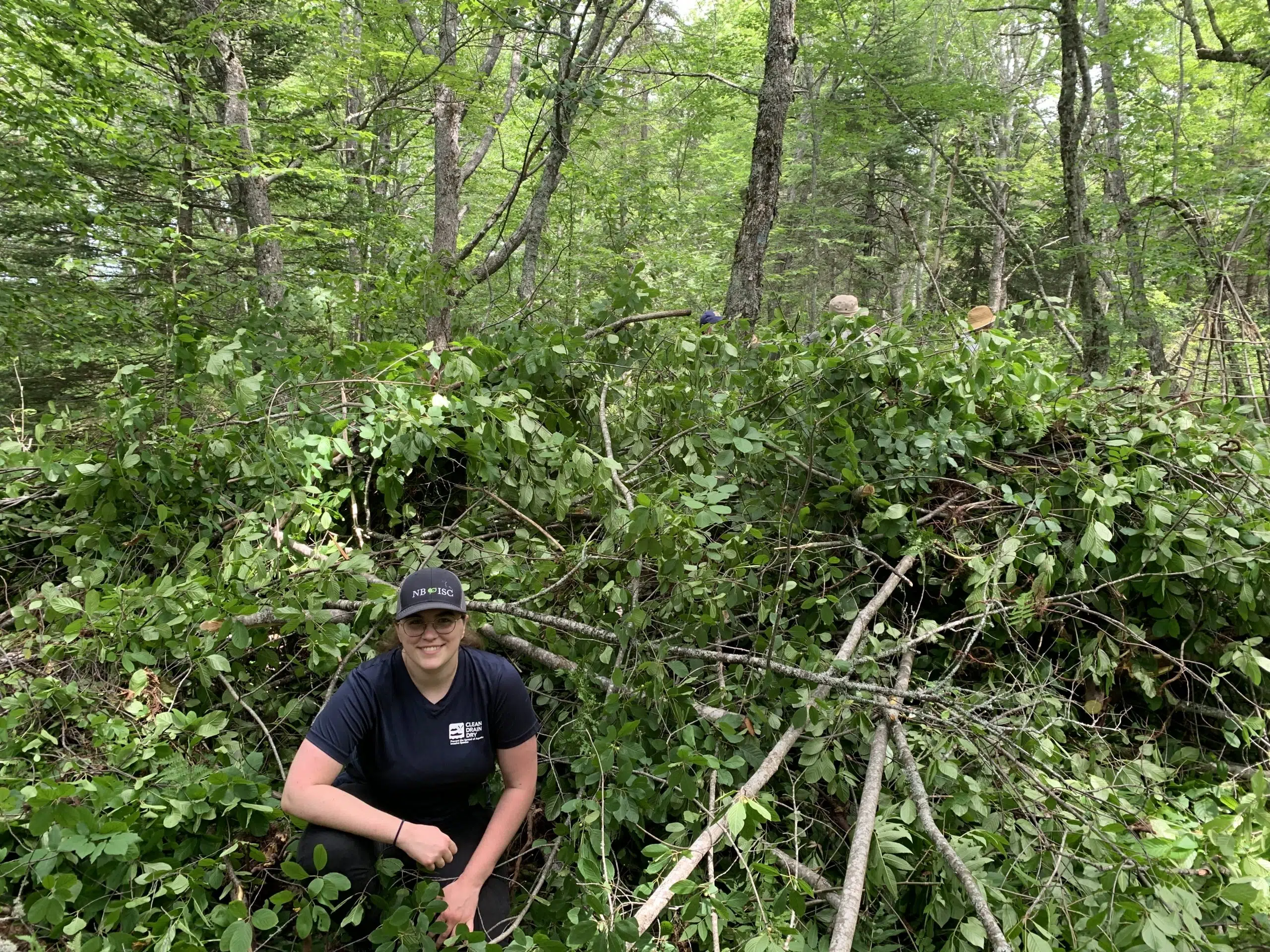A warning from the Nature Conservancy of Canada about an invasive plant found in gardens and forests across the country.
Spokesperson Andrew Holland says Glossy Buckthorn can be commonly purchased at garden centres and that is one of the issues, “It was first found in Canada in 1898 in London, Ontario, and it originated in Europe.. It was seen as a landscaping plant. It’s a big problem because it is so hearty. It can grow and survive in both shady conditions, but also in the sunshine.”
Holland says it can grow up to 25 feet tall and that’s a problem for deer and moose because it takes up space…
It can also shade native trees and shrubs, preventing them from growing.
“Glossy Buckthorn generates a lot of seeds and that’s how it spreads through winds. The birds also pick them up. They eat the berries, but they also pick up the seeds and that’s how these get distributed.”
In Canada, Glossy buckthorn’s range extends from Saskatchewan to Nova Scotia.
Hundreds of volunteers recently worked on the New Brunswick- Nova Scotia Chignecto Isthmus with handsaws and clippers to remove the pesky, invasive plant.
The Chignecto Isthmus is a narrow strip of land connecting mainland Nova Scotia to New Brunswick and the rest of North America. Only 21 kilometres wide at its narrowest, the isthmus separates two large bodies of water: Chignecto Bay, a sub-basin of the Bay of Fundy, and the Northumberland Strait, an arm of the Gulf St. Lawrence, on the Atlantic Ocean. The approximately 50-kilometre-long pinch-point area, located between Moncton and Amherst, serves as a key wildlife corridor where species can move freely from Nova Scotia through to New Brunswick, eastern North America, and the United States, it is critical to their survival.
The wildlife corridor is especially important for the movement of moose between New Brunswick and Nova Scotia. Moose are abundant in New Brunswick while endangered in mainland Nova Scotia. Species such as moose, lynx, and bear also require large connected natural areas to search out a range of food sources and to ensure genetic diversity and room for population growth.
Property owners are encouraged to plant native shrubs as an alternative to glossy buckthorn and other non-native shrubs on their properties. Those options include serviceberry, chokecherry, winterberry, elderberry, nannyberry, and arrowwood.




